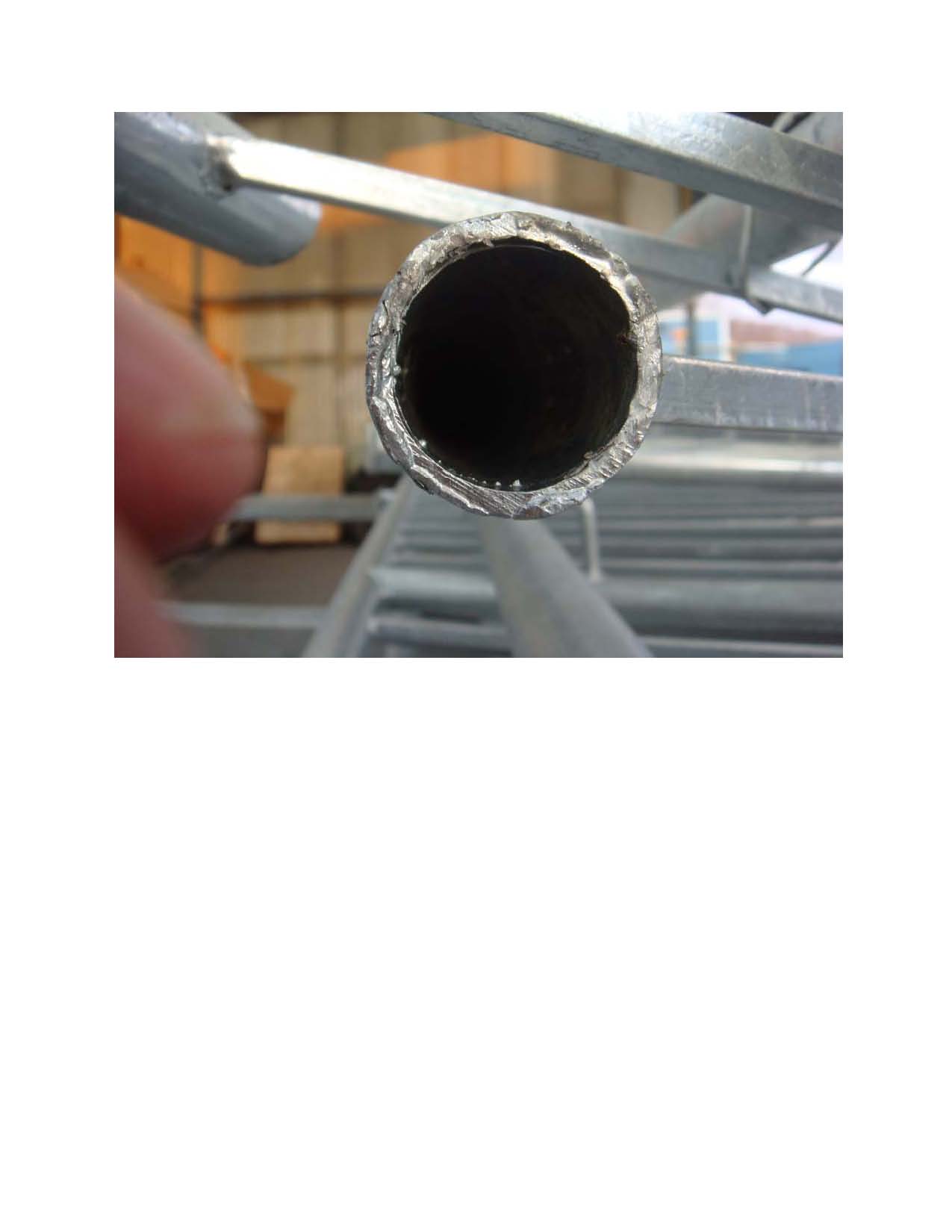When in doubt, simply qualify the individual using the same joint that will be used in production.
Handrails, stairs, and architectual metal usually falls under AWS D1.1. I believe there is a clause in OSHA regarding health and safety related structures, i.e., ladders, stairs, and railings, whether temporary or permanent, that calls out AWS D1.1. If I remember correctly the issue came up in regards to a civil suit I was called in on.
I just checked around for some notes on the subject and I'm sorry to say I couldn't find anything. However, if my memory is correct (and it often is not) it seems that both OSHA and NFPA includes some of the requirements for welding anything that is related to fire, safety, etc.
You might want to check your local building code for some direction on the subject. Your contract is the governing document, however, you must comply with local or state building code requirements if they are more stringent that the project specifications.
Best regrds - Al
I have not seen an OSHA standard requiring conformance to AWS D1.0 or D1.1 for stairway and floor opening railings in buildings. The most applicable requirements are:
"1910.23(e)(5)(iv) The mounting of handrails shall be such that the completed structure is capable of withstanding a load of at least 200 pounds applied in any direction at any point on the rail."
"1926.1052(c)(5) Handrails and the top rails of stairrail systems shall be capable of withstanding, without failure, a force of at least 200 pounds (890 n) applied within 2 inches (5 cm) of the top edge, in any downward or outward direction, at any point along the top edge."
Since OSHA does not address welding of handrails specifically, any requirements would fall back to the applicable state or local building code and the job specifications.
For aerial lifts, there is a requirement that "all" welding conform to AWS standards noted below:
"1926.453(b)(5) Welding standards. All welding shall conform to the following standards as applicable:
1926.453(b)(5)(i) Standard Qualification Procedure, AWS B3.0-41.
1926.453(b)(5)(ii) Recommended Practices for Automotive Welding Design, AWS D8.4-61.
1926.453(b)(5)(iii) Standard Qualification of Welding Procedures and Welders for Piping and Tubing, AWS D10.9-69.
1926.453(b)(5)(iv) Specifications for Welding Highway and Railway Bridges, AWS D2.0-69."


